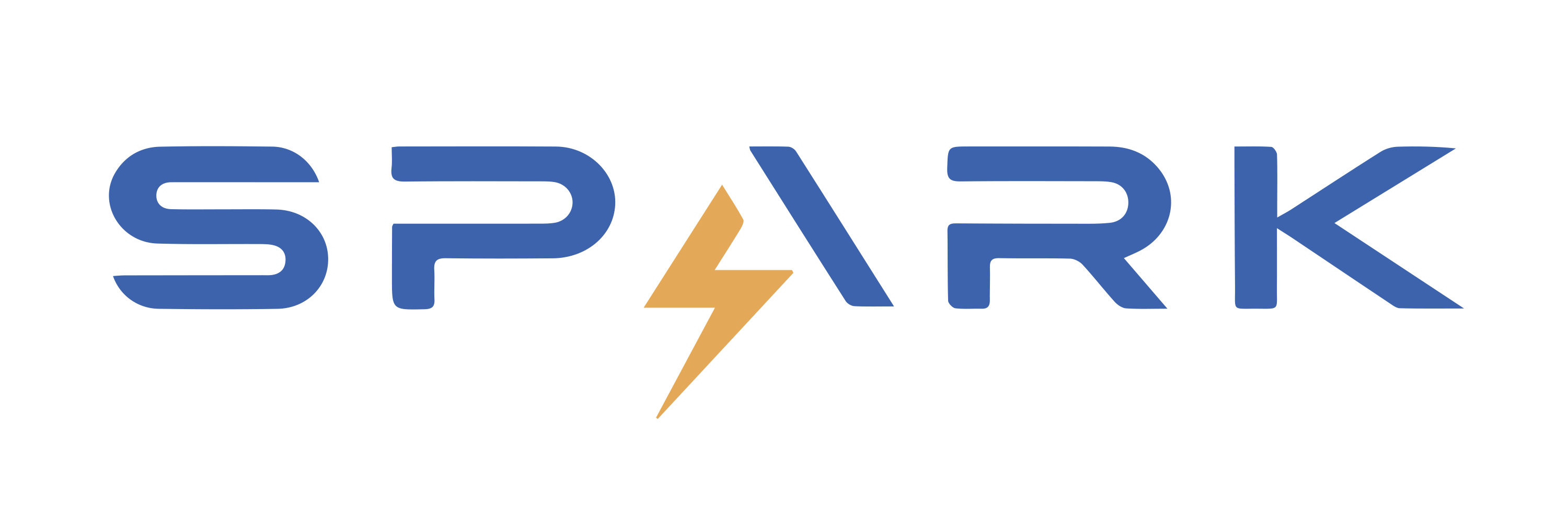According to Amazon CEO Andy Jassy, AI will reduce the number of employees in corporations: What Can Be Next in Tech Jobs?
The future of artificial intelligence has entered a new era, and Amazon is one of the first companies to take a step toward transforming its workforce.
In a recent memo to its employees, Amazon CEO Andy Jassy revealed how the tech giant will reduce its corporate workforce in the next few years as it continues to rely more on generative AI tools and agents. The change reflects a significant transformation in Amazon’s approach to business operations and is an indicator of a broader revolution that is sweeping through the technology sector.
Less work in one place, more in others
Jassy wrote that there will be fewer individuals performing certain types of jobs that are being done now, and more people working other types of jobs. Although the long-term effect is yet to be felt, Amazon anticipates that its corporate employee base will reduce over the next several years.
Jassy encouraged employees to have a different mindset about AI tools and how to be more willing to take risks related to new technology use, and how to do more with fewer and less resourceful groups.
This is being done at the back of an extensive restructuring. More than 27,000 employees have been laid off since 2022 within different departments of Amazon. Most recently, it has slashed approximately 200 jobs in its North America stores unit in January and 100 jobs in its devices and services unit in May.
Amazon AI is Transforming Amazon’s Core Operations
Amazon is not the only firm to use generative AI it is ensuring that generative AI becomes the backbone of the internal machine at Amazon. As stated by Jassy, Amazon is currently applying AI throughout its fulfillment network:
- Optimum location of inventories
- Demand forecasting
- Efficiency of warehouse robots
Such apps are meant to simplify operations, save money, and improve performance. The rapid introduction of the technology aligns with what Jassy called a life-altering reinvention of nearly everything about work.
He underlined that it is going at a pace that is quicker than virtually anything in technological history.
A Broader Technology Business Trend
Amazon is not the only company that adopts this practice. The transformation of the workforce is being reconsidered by other tech leaders in the era of AI as well:
- According to Shopify CEO Tobi Lutke, in April, workers are now required to show why they can not use AI before demanding more resources or personnel.
- Klarna CEO Sebastian Siemiatkowski announced that his company decreased the number of employees by 40 percent with major contributions coming by way of investments in AI and natural attrition of employees.
It sends one message to everyone: AI is not optional anymore; it is becoming a business necessity
Workforce at Amazon by the Numbers
Amazon employed 1.56 million part-time and full-time workers and maintained its collapse of employment of various temporary workers and contractors in its warehouses in March. Although the memo is on the corporate side, the automation of the company is still developing in the warehousing and logistics arms as well.
The terminations and future staff changes are a part of the bigger plan of Amazon, which attempts to make itself leaner and more efficient in a highly competitive market.
A Future Powered by AI: Opportunities and Challenges
There is also another important piece of information in the letter written by Jassy to Amazon employees: you will have to upskill in order not to fall behind.
To succeed in the future structure of the company, it will be necessary to learn how to operate AI tools, discover how to be more productive when working in smaller working groups, and form new sets of skills. Culture of quick adaptation now transmits to the working culture of Amazon regarding how its employees work, solve problems, and contribute to business development.
In the meantime, this transition causes important questions:
- At what rate will companies be retraining their current workforce?
- Will there be an unequal volume of AI-driven job loss in specific jobs or levels of skill?
- Do such companies as Amazon succeed in striking the optimal balance between automatic and human input?
Final thoughts: How about a defining moment in the tech workforce?
The recent announcement by Amazon is not only an internal reorganization, but it is also an indicator of how the high-tech industry is evolving. As AI is permeating daily activities, businesses will persistently be looking at ways to optimize the teams, streamline the processes, and make innovation occur with fewer resources.
This is a critical moment for the employees. The option of adapting to AI is not possible anymore. It is a critical move in becoming relevant and successful in an increasingly automated environment.
In Jassy’s terms, AI is bringing a ton of money to companies, and changing the method of coding, searching, shopping and working. The AI revolution arrived, and it is gaining momentum.


